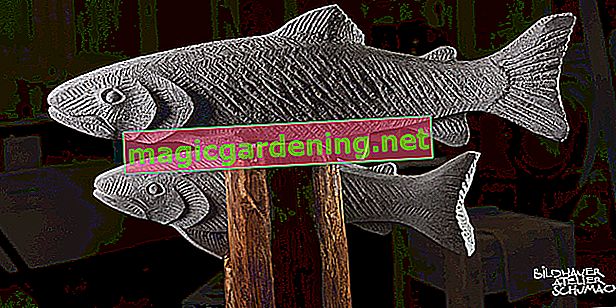
These properties distinguish the ideal orchid planter
The majority of orchids do not have their roots in the ground, but rather sit on branches in the canopy of rainforest trees. Since this form of cultivation is rarely practicable in living rooms and winter gardens, the aerial roots are in a transparent plant pot filled with a substrate made from pieces of pine bark. So that the supply of light is not interrupted, the planter should be translucent and have the following properties:
- Clear or milky glass, preferably as recycled glass with decorative inclusions
- Optionally colored and yet translucent
- With a platform on the bottom of the pot for the culture pot
also read
- Which light do orchids want?
- This is how orchids show their best side in pots - care tips
- Can orchids resin? - That's what the droplets are all about
In a conventional glass cachepot, orchids are threatened by waterlogging. Here, excess irrigation water collects on the bottom of the pot and causes rot in the roots. Therefore, please choose a transparent flower pot with a curved base. This creates a gap between the plant pot and the water level. This property also proves to be advantageous because the evaporating water increases the humidity locally, which the orchids like very much.
Patented ceramic pot as an alternative to glass
Where a transparent glass cachepot does not meet the design requirements, a patented ceramic pot is an alternative. Several holes have been punched into the walls of the flower pot so that enough light can still penetrate to the aerial roots. A matching ceramic coaster catches excess water. Unfortunately, so much innovation has its price. At just under 70 euros, a patented Denk orchid pot is very expensive.
Tips
A fragile glass flower pot for your orchids is not the only ideal solution. With the Orchitop, specialist retailers have an innovative culture system ready that is not only unbreakable, but also ensures an adequate supply of light and air. The plant pot also functions as a planter and consists of a rod system made of food-safe, transparent polycarbonate.







